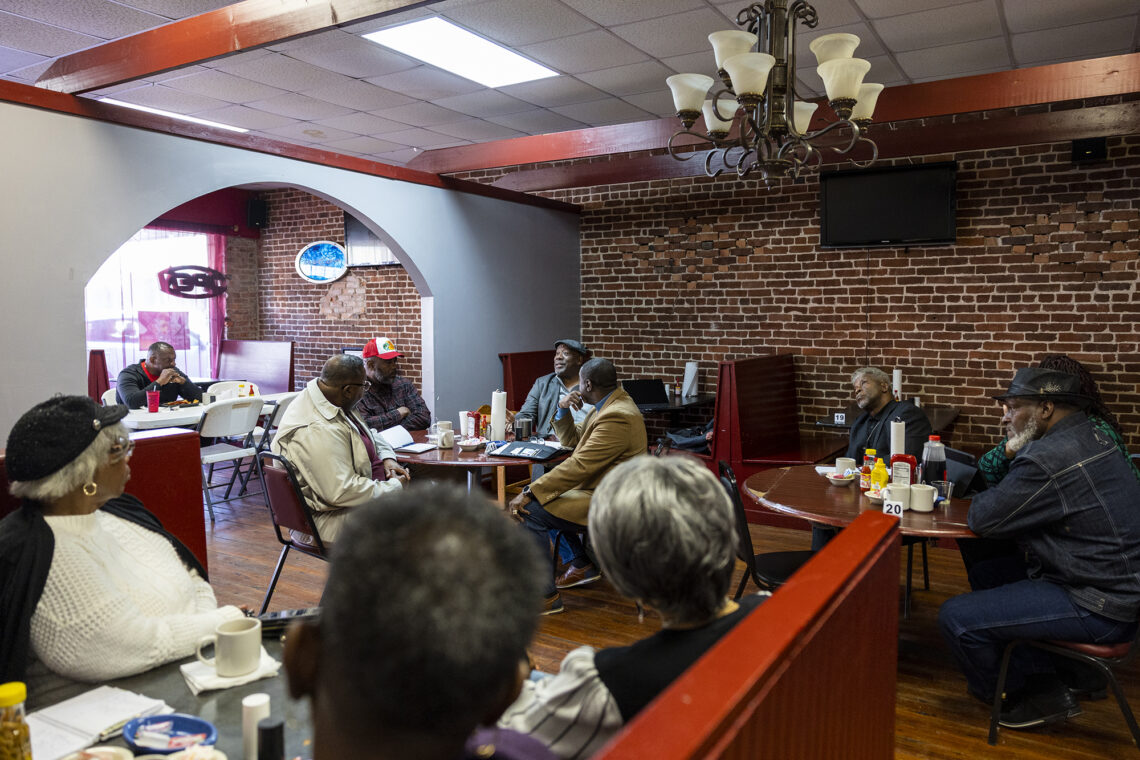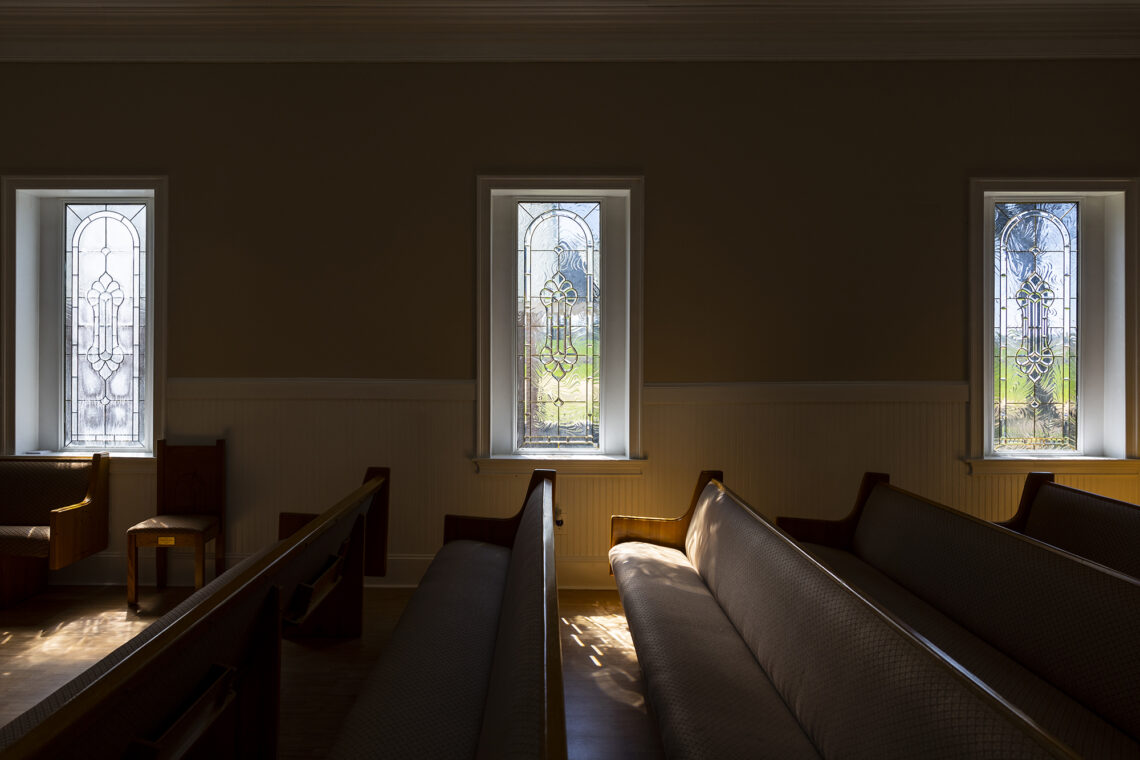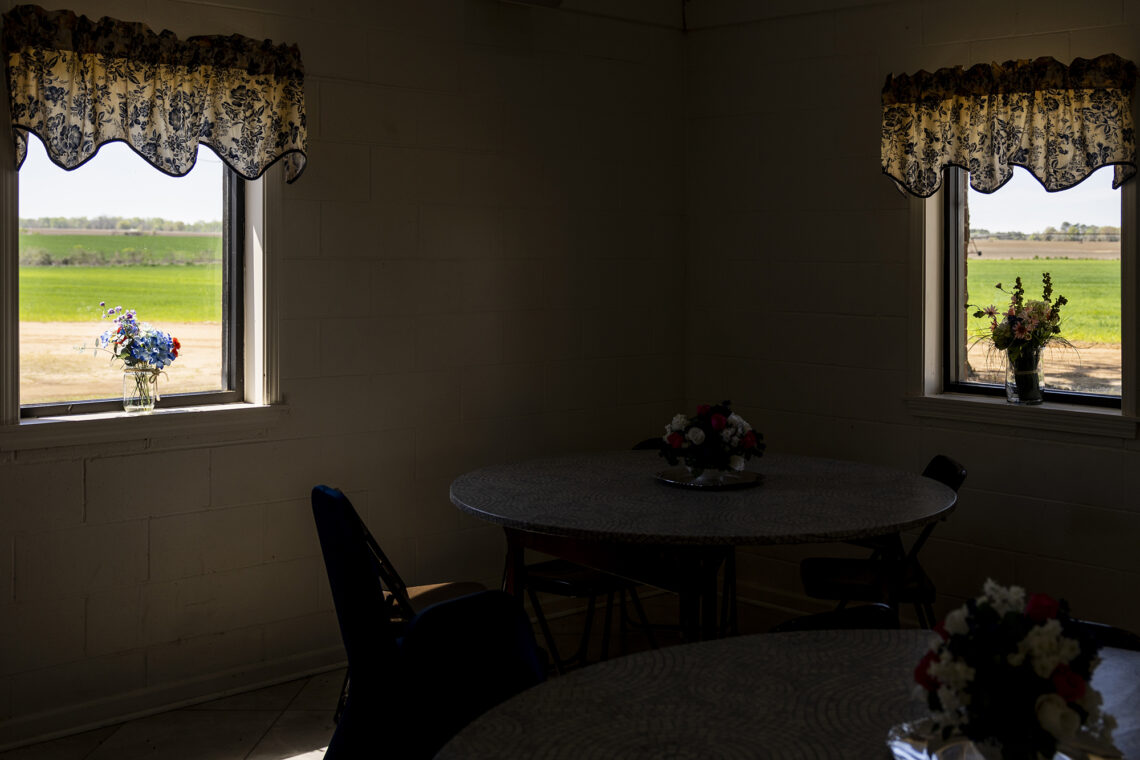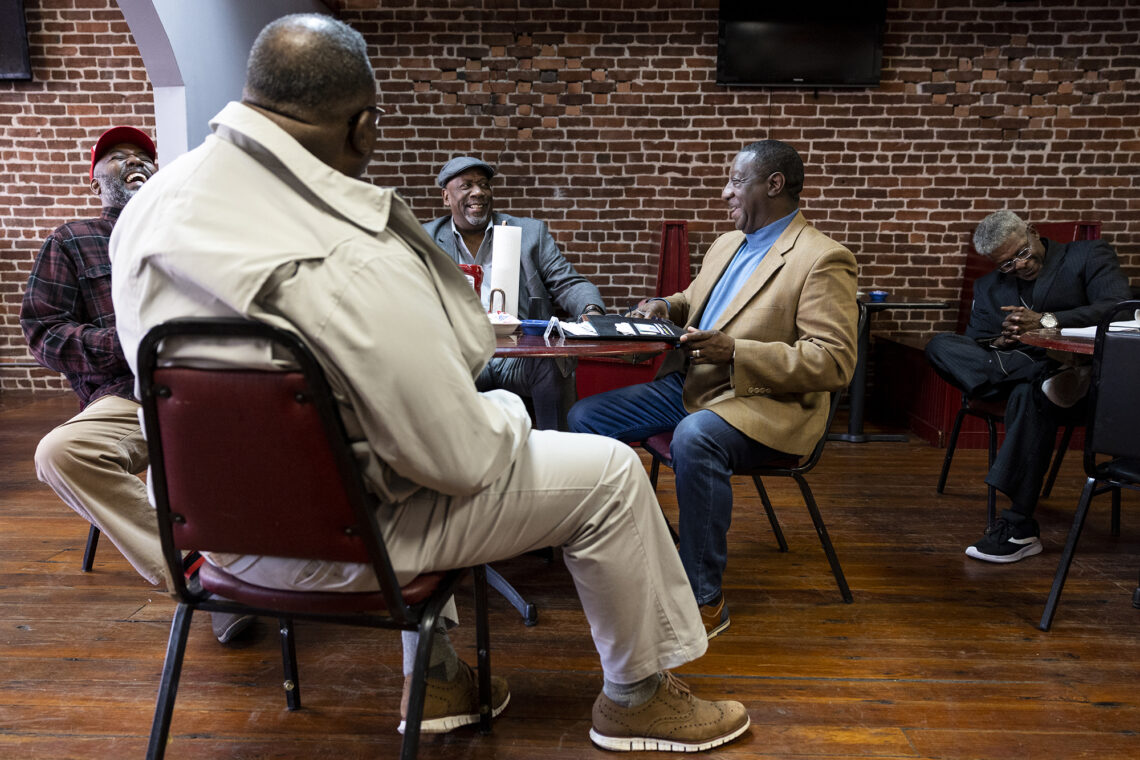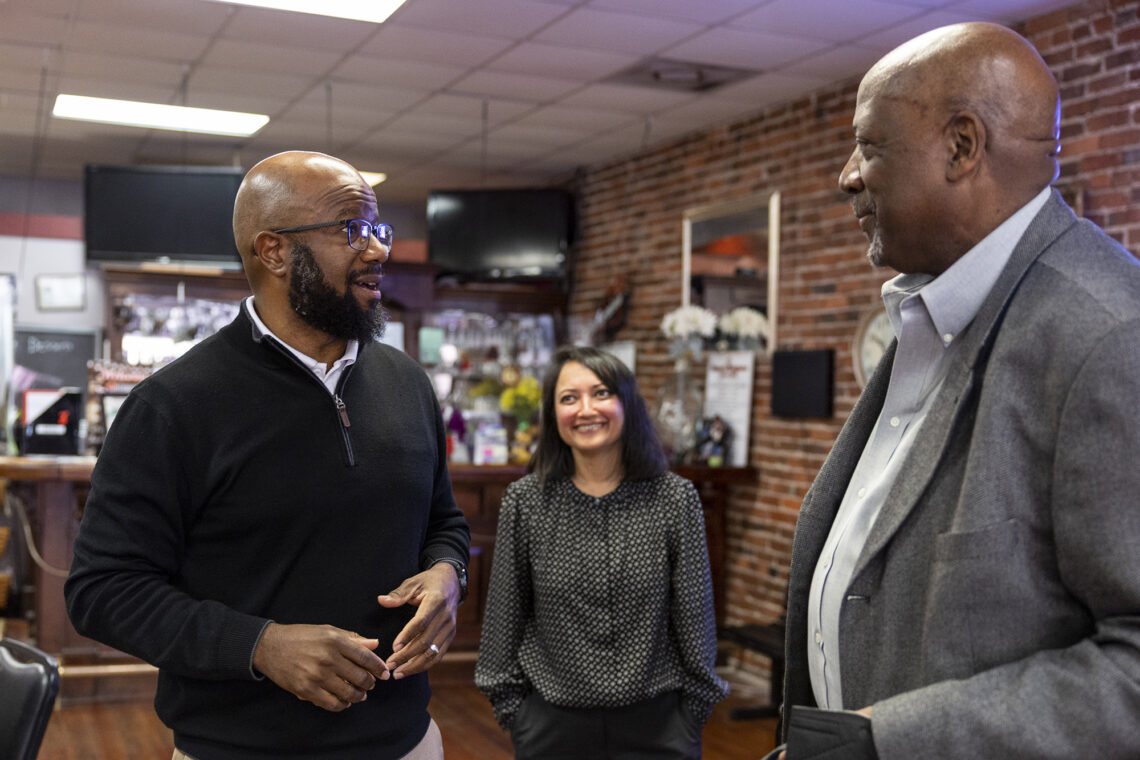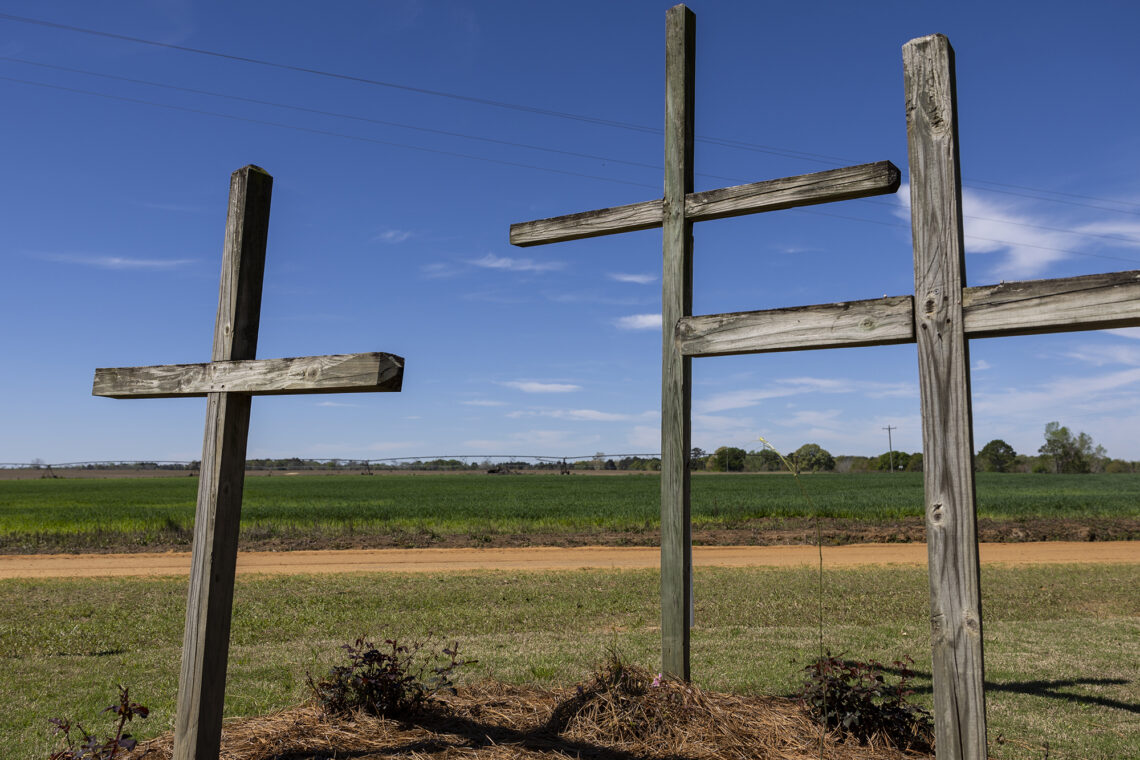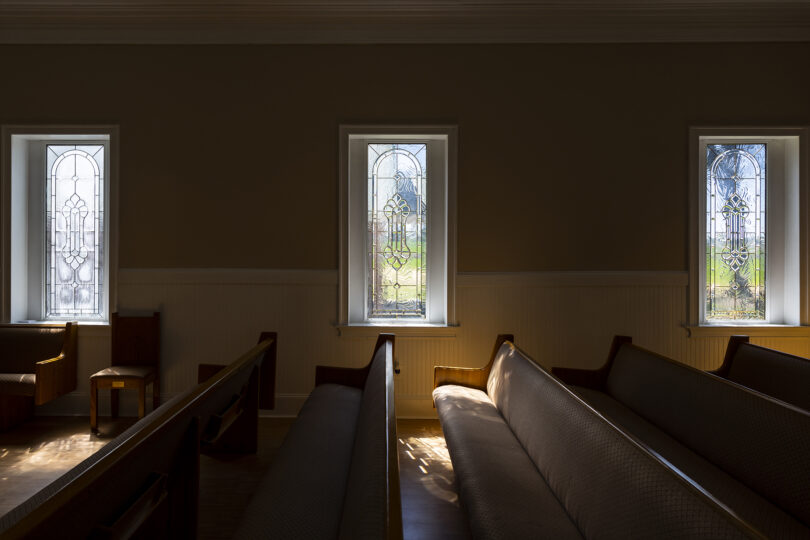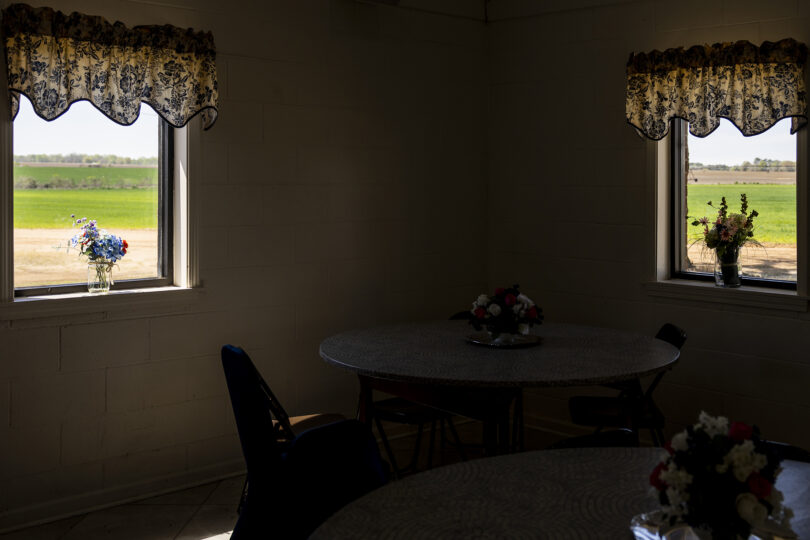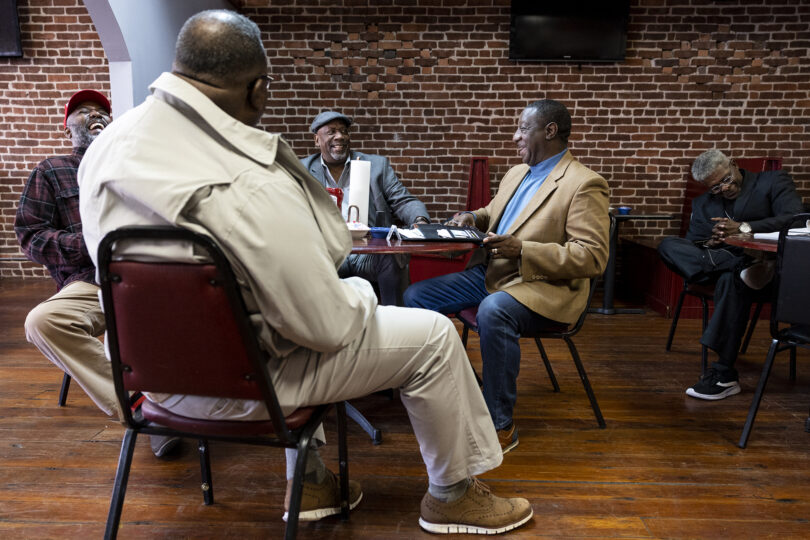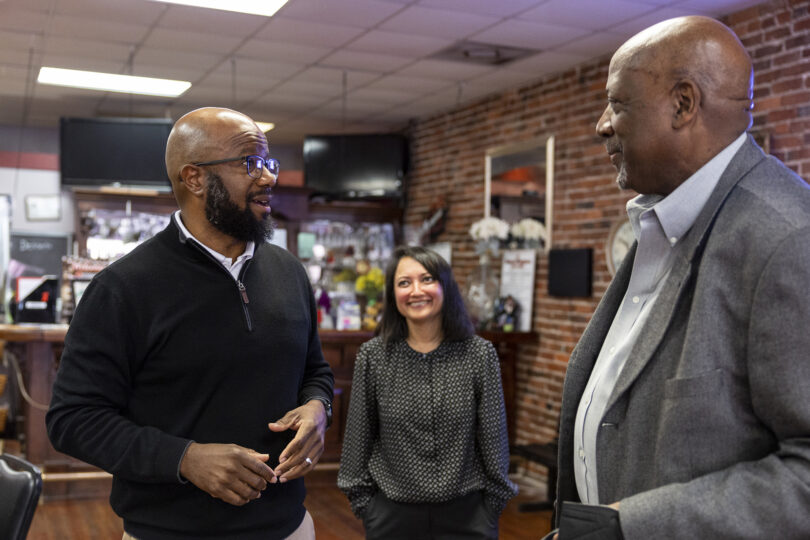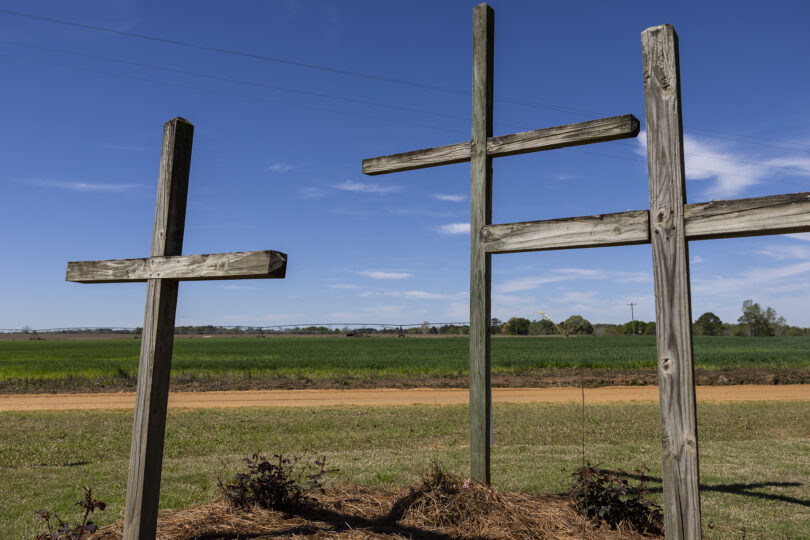It’s 11 p.m. when the Rev. Jeffrey Lawrence’s phone goes off.
He already knows who’s on the other end of the line. One of his parishioners at Sandridge Baptist Church, a little girl with sickle cell anemia, is in the hospital again.
The girl’s family has taken her all over the state looking for answers—and ways to keep her out of the ER. But so far, nothing’s worked. Every week, she’s back in the hospital.
And their hometown of Hawkinsville, Georgia—a small town about two hours east of Columbus with a population of less than 5,000 people—doesn’t have a lot of options.
“The dearth of health care and medical support down in this area is crazy,” says Lawrence MSW ’88. “I have parishioners who live just a mile from our church who have to go to Perry, Macon, or Madison to speak to a specialist or a doctor.”
All those towns are at least a half-hour drive away.
For locals, that drive can mean the difference between receiving the specialized care they need and trying to just tough it out until their health spirals.
That’s something Henry Young, Kroger Professor in the University of Georgia’s College of Pharmacy, finds unacceptable.
“It’s important for us to work together to implement preventive programs where folks learn how to manage their conditions,” Young says. “By the time they actually need to go to the hospital, their condition might be way down the road. But if we can use our resources to provide education about different conditions like diabetes or cardiovascular problems, I think we can slow down the tide a little bit.”
So Young, along with Lawrence and a few other pastors from the area, sat down to figure out how they could change things.
Using Churches as Healthcare Hubs
When Young first arrived at UGA in 2013, he took the New Faculty Tour, a multiday trip around the state organized by UGA Public Service and Outreach. The tour introduces new faculty members to the diverse offerings of the state and shows them how UGA is making a difference in communities throughout Georgia.
Young met Michelle Elliott, director of the Archway Partnership, on that trip. And she explained how the partnership connects communities in need with the UGA resources that can help them.
In 2016, Young began working with administrators at Taylor Regional Hospital in Pulaski County on a community needs assessment. He helped identify available resources and whether they were sufficient to meet the community’s health care needs.

“I have parishioners who live just a mile from our church who have to go to Perry, Macon, or Madison to speak to a specialist or a doctor,” says Rev. Jeffrey Lawrence, pastor of Sandridge Baptist Church. All of those towns are at least 30 minutes from Hawkinsville.
Chronic health conditions, like diabetes and heart disease, that are manageable with proper preventive care, were putting people in the hospital. Patients didn’t have the ability to seek specialized care, and by the time they did, it was often too late. The men in the communities were particularly hard hit.
That got Young’s wheels turning.
He and Sarah Jones AB ’96, who at the time was the College of Pharmacy’s I.T. professional, started brainstorming. Churches were clearly the center of activity and fellowship in these rural communities.
Could technology be used in those churches to provide telehealth services to the people living there?
There was only one way to find out.
Young and Jones partnered with Lawrence, the Rev. Victor Cooper AB ’80 of St. Mark Baptist Church in Cochran, the Rev. Keith Green of Mt. Cilla Baptist Church in Hawkinsville, and Deacon Gregory Brown of Christian Hope Missionary Baptist Church in Hawkinsville to bring UGA’s vast resources to those in rural Georgia who need them most.
With a U.S. Department of Agriculture grant of just under $1 million in 2020, the Fishers of Men project—a partnership encompassing more than 20 different churches from the Interdenominational Ministerial Alliance and the Georgia Union Missionary Baptist Association—was born.
Bringing Telehealth Services to Rural Georgia
Lawrence’s Sandridge Baptist Church is quintessential rural Georgia. Calm and peaceful, the church is on the smaller side, situated down a long red clay road in the middle of cotton fields and woods. It’s nearly silent out there, except for the birds singing and bugs chirping.
It’s an undeniably beautiful spot, but its rural location also presents a challenge.
A half-mile across the rows of cotton in front of the church, there’s a house with internet service, but the church is just beyond the reach of the provider.
Sandridge is hardly the only church in the partnership to face that challenge. Lack of internet coverage is one of the biggest issues for rural areas not just in Georgia but across the country. The massive shortage in rural health care providers only compounds the difficulty.
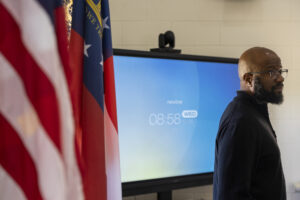
One of the goals of Fishers of Men is to create telehealth hubs at participating churches. These hubs have widescreen TVs–as seen here over Henry Young’s shoulder–to facilitate medical appointments. (Photo by Chamberlain Smith/UGA)
The goal of Fishers of Men is to create telehealth hubs at participating churches, with support from the UGA Archway Partnership. These hubs have widescreen TVs, computers, internet capabilities, and various other devices, such as scales, to facilitate medical appointments and educational seminars on health and managing chronic conditions.
An additional grant of nearly $400,000 from the Georgia Department of Public Health is helping the Fishers implement a new branch of the program: the CDC’s Diabetes Prevention Program.
“We study how people can’t get to the resources they need, but that’s not an excuse for us,” says Caleb Snead, a Double Dawgs student in the College of Public Health who works with Young on the Fishers project. “We have to bring ourselves, that education, those preventive measures to the community.”
While internet connectivity remains a problem, Lawrence is making do with hotspots while Young and his team work on other options.
But as Lawrence says, even if you bring all the technology and educational tools to the community, “you can’t make the horse drink.”
“I say to myself, if I only get information in the hands of three people, that’s three people who have the information that didn’t have it last week,” he says. “Even if it’s just one, it’s worth it.”
Young, however, is determined to reach even more.
He’s thinking of advertising the new diabetes prevention program in local papers. And he and the pastors and deacons of an ever-growing list of churches are setting up workshops to train diabetes program facilitators who will help guide people on their health journey.
“It’s a true community-academic partnership,” Young says. “We’re aligning what the community wants and needs with our strengths. What we’re doing is reducing the barriers that prevent people from getting the health care and resources they need when they need it.”


